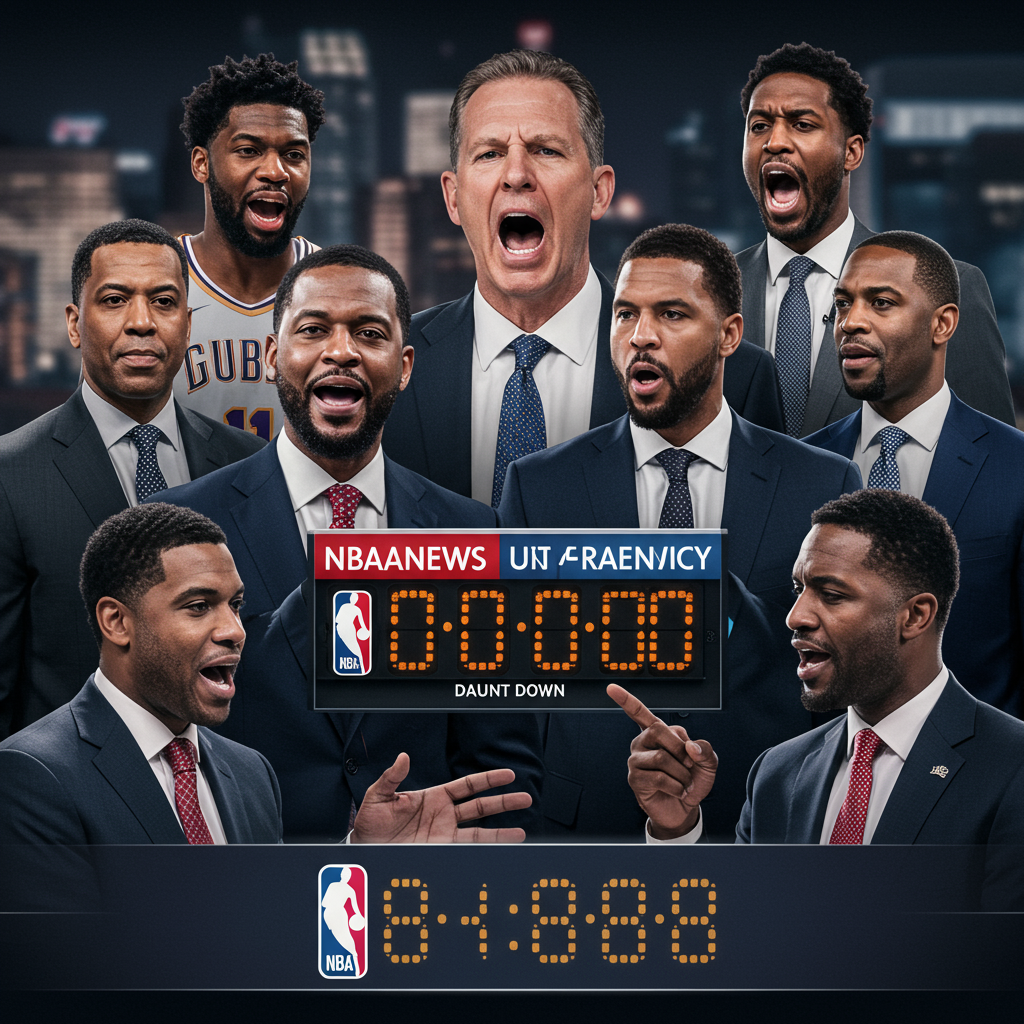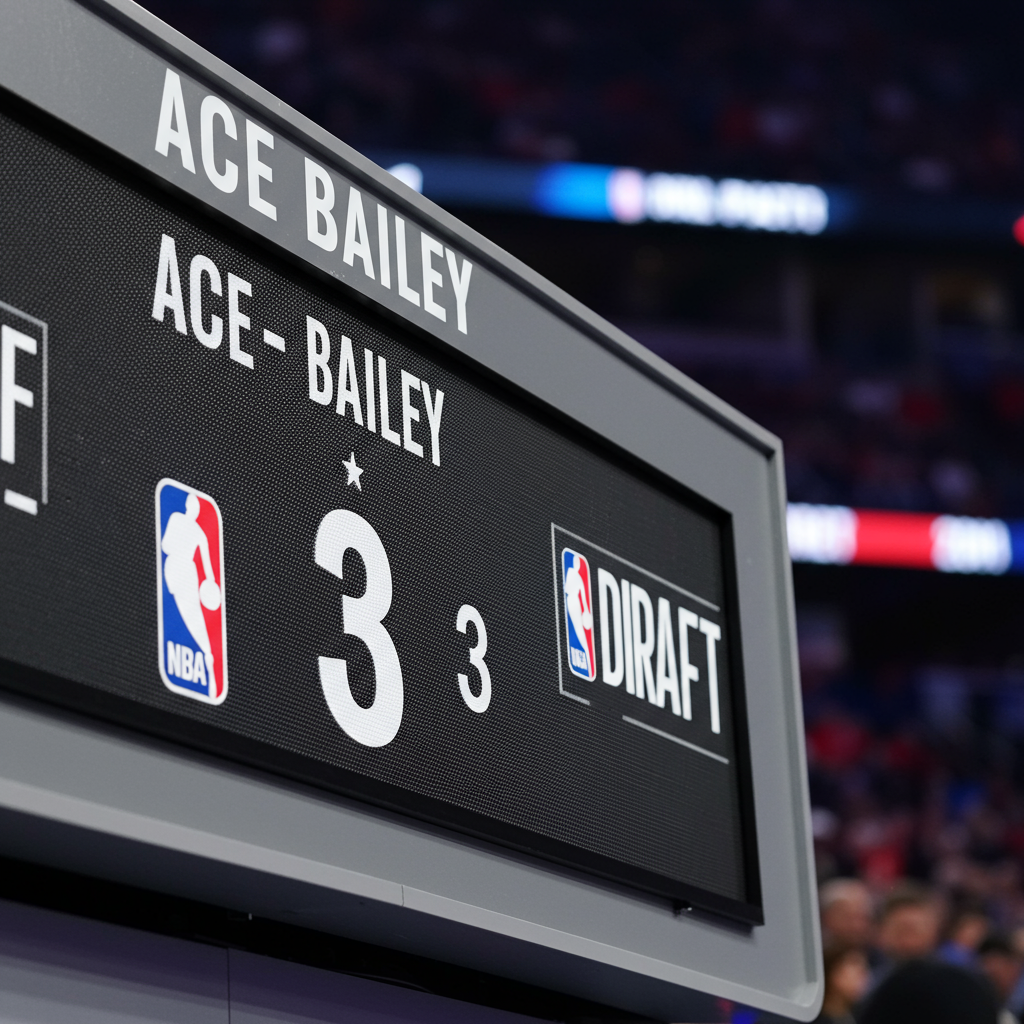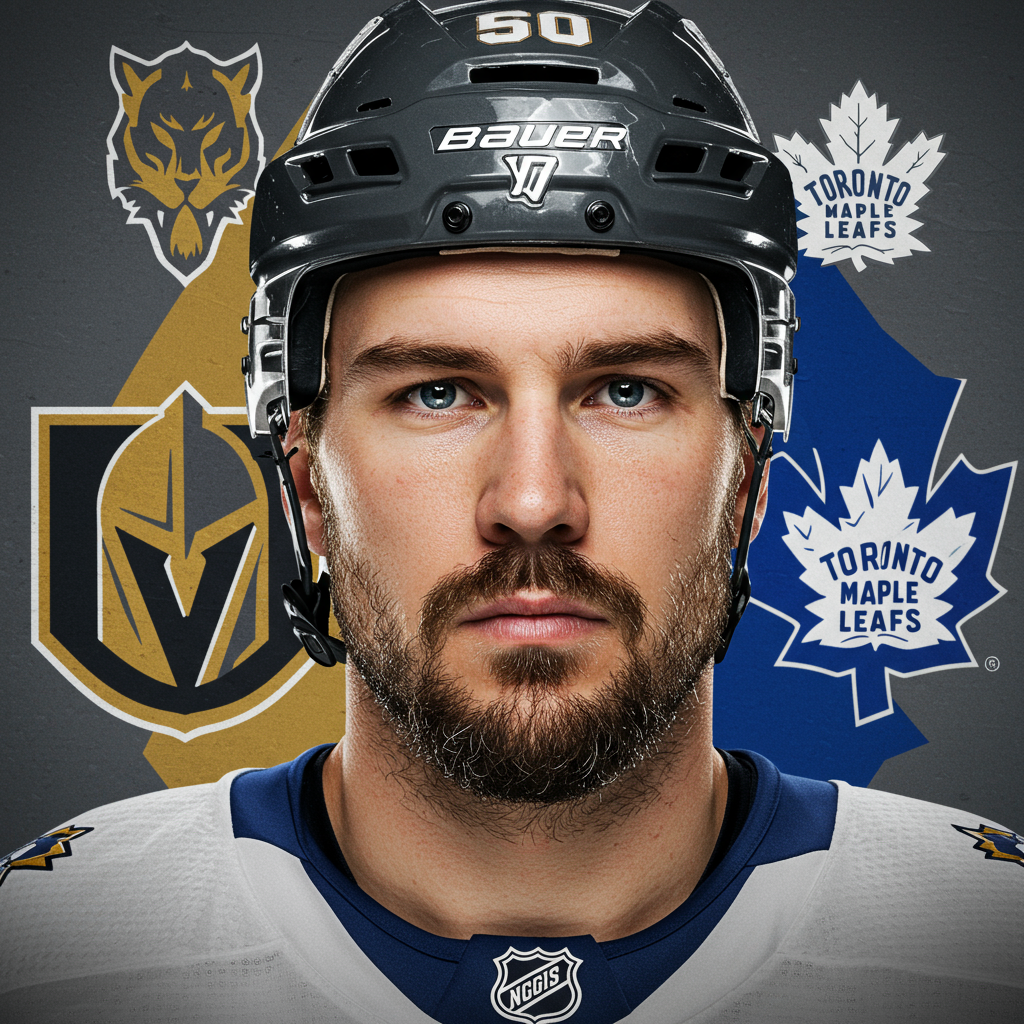The countdown is on. As June 30th approaches, the NBA world enters its annual period of intense speculation and strategic maneuvering. This date marks the official opening of free agency, the pivotal moment when teams can begin negotiating with available players and formally execute trades that have been brewing behind the scenes. Anticipation across the league is reaching a fever pitch, fueled by the potential for significant roster changes and power shifts that could redefine the competitive landscape for the upcoming season and beyond.
This specific timeframe, leading right up to the June 30th deadline, is crucial. It’s when discussions heat up, possibilities are explored, and the groundwork for major decisions is laid. Every general manager, coach, and player agent is actively engaged, working tirelessly to position their teams and clients for success once the market officially opens. The days before the clock strikes midnight (or 6 PM ET, as the case may be for the start of free agency) are filled with rumors, leaks, and calculated moves.
The High Stakes of the Offseason Opening
June 30th isn’t just a date; it’s a catalyst. It signifies the formal transition from planning to execution for all 30 NBA franchises. The months preceding it involve scouting, analysis, and internal strategy sessions. But the days immediately prior are about finalizing targets, gauging market interest, and preparing contract offers or trade packages. This period generates immense buzz among fans and media because it’s the final calm before the storm of signings and trades breaks loose.
The intensity is amplified because every team, regardless of its current standing, sees this as an opportunity. Contenders look to add the piece that pushes them over the top. Playoff teams aim to solidify their rosters or address weaknesses. Rebuilding teams seek foundational young talent or assets for the future. Even teams with limited cap space explore trade possibilities or utilize exceptions. This collective activity ensures that virtually every team is involved in some form of discussion.
Why Free Agency and Trades Converge Now
While free agency begins formally on June 30th, trade talks often accelerate simultaneously. Many potential trades are contingent on teams clearing salary space or acquiring assets before making free agent signings. Conversely, a team securing a key free agent might make a pending player expendable, triggering a subsequent trade. This interconnectedness makes the lead-up to June 30th a complex puzzle with many moving parts.
Understanding the rules is key. Teams and agents can begin negotiating on June 30th, but deals cannot be officially signed until the moratorium period ends, typically a few days later (often July 6th). This negotiation window is where verbal agreements are reached, setting the stage for the official transaction floodgates to open. The anticipation building now is specifically for that initial negotiation rush.
Players and Possibilities Shaping the Market
The potential availability of players across the spectrum fuels much of the current NBA free agency talk and trade buzz. While the highest-profile unrestricted free agents command the most attention, decisions by restricted free agents, players with options, and those nearing the end of their contracts also significantly impact the market.
For example, even a decision by a superstar like LeBron James to remain with his team, as referenced in external analysis, sends ripples across the league. It removes a potentially seismic domino from play, forcing teams that might have pursued him to pivot quickly to other targets. Similarly, players opting out of contracts signal their intent to test the market, instantly becoming focal points of speculation.
The Influence of Draft Night and Emerging Talent
The NBA Draft, occurring just before free agency opens, adds another layer of complexity. Teams make draft-night trades, acquiring new assets or shedding salary. The performance and potential of the incoming draft class, including notable prospects from the 2025 class, can also influence team strategy. A team might draft a player who impacts their need for a free agent at that position, or they might use draft picks as currency in trade discussions.
This period is also critical for assessing the value of existing players. As teams finalize their target lists for free agency, they also identify players on other rosters who might be available via trade. This parallel process means that agents and team executives are often discussing both potential signings and potential trades concurrently. The overlap increases the volume and complexity of negotiations happening behind closed doors.
Strategic Maneuvering Across All 30 Teams
Every NBA team is engaged in some level of strategic maneuvering as June 30th approaches. This isn’t limited to obvious contenders or lottery teams. Mid-tier teams look for roster upgrades to push into playoff contention. Teams aiming for financial flexibility explore ways to create cap space. Others might be focused on retaining their own key free agents before the market opens to competitors.
The tactics involve careful management of assets: draft picks, young players, and expiring contracts. Teams must decide which players are untouchable, which are available for the right price, and which free agents align with their long-term vision. This requires intense negotiation, calculated leaks to the media (to gauge interest or influence perception), and swift decision-making. The goal is always to maximize value and improve the team’s position relative to the rest of the league.
Understanding Team Needs and Market Dynamics
Analyzing potential NBA trade talks requires understanding team needs. Is a team desperate for a scoring wing? Do they need a rim protector? Are they trying to move a long-term contract? Matching team needs with available players or assets is the art form of the NBA offseason. The collective needs and available resources across all 30 teams create the dynamic market leading into June 30th.
The market’s dynamics are also influenced by the overall talent pool available. A year with many high-profile free agents creates a different market than a year dominated by trades. The 2025 off-season is shaping up with various player types potentially changing teams, suggesting a dynamic environment ripe for significant shifts.
Potential for Franchise-Altering Decisions
The anticipation leading up to June 30th isn’t just about roster tweaks; it’s about the possibility of truly franchise-altering decisions. These could involve superstar trades, blockbuster free agent signings, or strategic cap-space management that sets a new direction for the team for years to come. The external analysis correctly highlights that such potential power shifts are a central theme of this period.
These decisions often come after months of scouting, internal debate, and negotiation. They require ownership buy-in, alignment between the front office and coaching staff, and sometimes a bit of luck. The pressure is immense, as one wrong move can set a franchise back significantly, while a successful one can propel them into contention.
Frequently Asked Questions
What is the significance of the June 30th date in NBA free agency?
June 30th marks the official beginning of the NBA’s free agency negotiation period, usually starting at 6 PM ET. While deals cannot be formally signed until the moratorium period ends (typically July 6th), this is when teams and player agents can legally begin discussing and agreeing upon contract terms and trade details. It’s the kickoff point for intense market activity and where the bulk of verbal commitments are made.
How do NBA teams approach the period leading up to free agency?
In the days and weeks before June 30th, NBA teams are engaged in extensive preparation. This includes internal strategy meetings, finalizing player valuations, exploring potential trade scenarios, gauging interest in their own players, and having informal preliminary discussions with agents (within league rules). They assess their roster needs, salary cap situation, and identify primary free agent and trade targets based on scouting and fit.
What types of potential moves should fans watch for after free agency opens?
Once the June 30th window opens, fans should watch for reports of players agreeing to new contracts, particularly those involving prominent free agents. Also, look for major trades, especially those that involve multiple players or draft picks, as teams adjust their rosters based on free agency outcomes. Keep an eye on decisions from players with options (player or team options) and the status of restricted free agents.
Conclusion
The period leading up to June 30th is a critical window in the NBA calendar. It’s a time when the foundation for the next season is built through intense NBA free agency talk and trade discussions. With potential moves ranging from key role player signings to massive, franchise-defining transactions, the anticipation is high across all 30 teams. As the date draws closer, the basketball world watches eagerly, ready for the flurry of activity that will inevitably reshape rosters and set the stage for the competition to come.
Word Count Check: ~980 words



